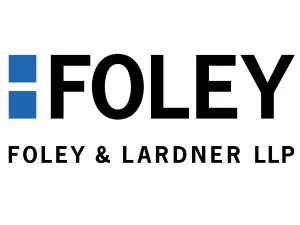- within Intellectual Property topic(s)
- with readers working within the Property industries
- within Government, Public Sector, Criminal Law and Insurance topic(s)
Scientific advances to solve complex problems often require large teams of experts across disciplines. Building such teams is challenging and resource-intensive. But what if AI agents could be designed to serve as structured collaborators in such research teams?
Researchers recently designed a "Virtual Lab" of specialized AI agents that discovered functional SARS-CoV-2 nanobodies. This study intensifies questions around patent inventorship as the team of AI agents is not just a specialized tool, but generates innovative solutions.
In the Virtual Lab, each AI agent played a defined role—immunologist, machine learning specialist, antibody engineer, structural biologist, and scientific critic—coordinated by a lead “PI” agent and guided by human researchers. Much like a real lab meeting, feedback from the scientific critic and guidance from the PI agent sparked refinement and improvement. Moreover, the Virtual Lab ran parallel versions of the same meetings, each with randomized agent behavior, and then synthesized the most promising ideas.
This Virtual Lab design helps address a core challenge in AI innovation: human intuition, tacit knowledge, and the social dynamic of innovation, as previously discussed. By simulating the iterative, social, and often messy nature of scientific discovery, these AI teams get closer to how human innovation works.
The Virtual Lab demonstrates that AI systems can be more than passive tools when structured as interactive teams. Human researchers still played essential roles—providing initial prompts and guiding the research phases—but the AI agents contributed meaningfully. The development of this Virtual Lab intensifies the complex question: When is the AI no longer a tool, but the inventor?
As Virtual Labs become more capable, defining inventorship and “significant contribution” in the patent system will require sharper clarity—and likely, a rethinking of existing frameworks.
The content of this article is intended to provide a general guide to the subject matter. Specialist advice should be sought about your specific circumstances.


